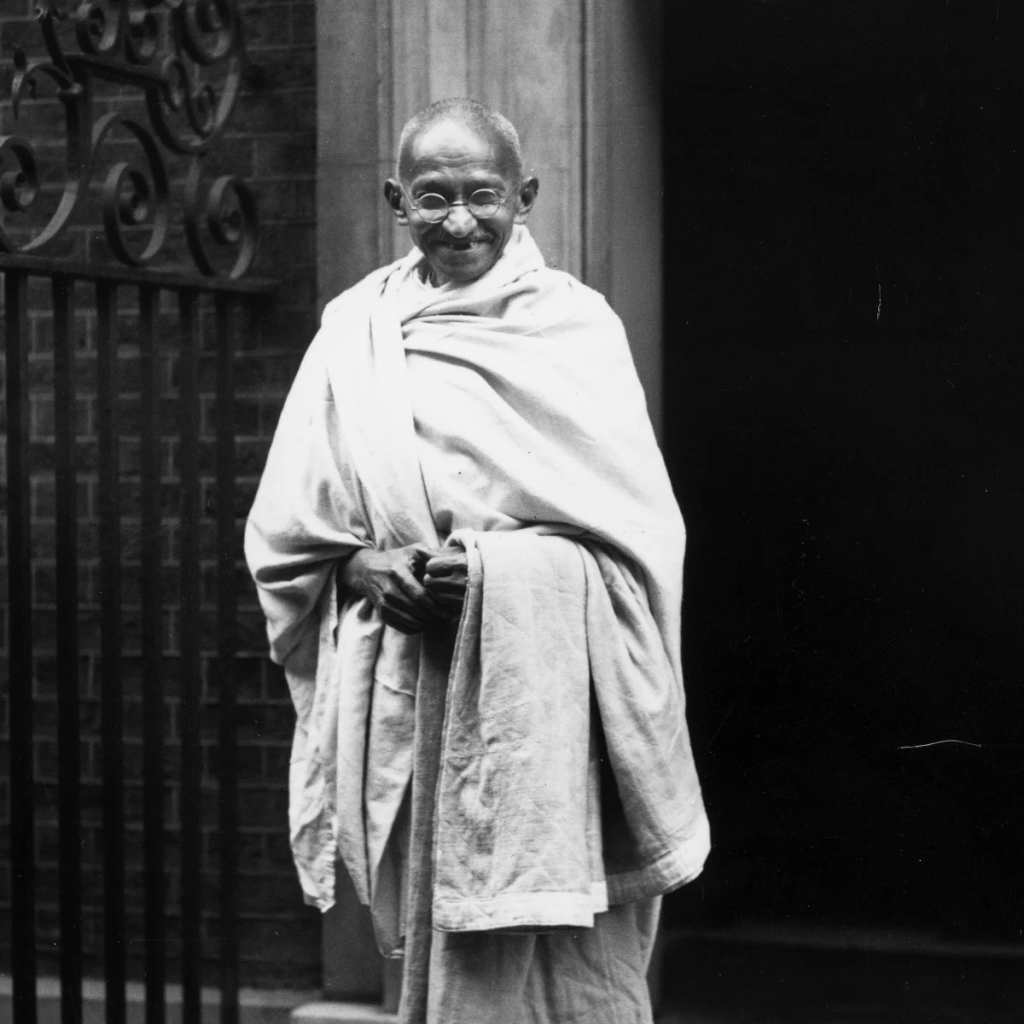Icons of Mahatma Gandhi
The titan in the fight for independence was none other than the towering figure of Mahatma Gandhi who is too often remembered for his deeply-rooted principles of non-violence (ahimsa) and truth (satya). His sayings and his philosophy became entwined with a catalog of images representing nonviolent protest and self-sufficiency. From the spinning wheel to a fundamental respect for gentleness, these icons appeal not only as part of our political inheritance but also fault us into remaining seeking solace and self-respect in our everyday lives. In this essay, we will try to know some of the most visible symbols associated with Gandhi which helped in freedom struggle and has significance even after independence.
1. The Charkha (Spinning Wheel)
The concept of self-sufficiency is also well manifest in Mahatma Gandhi’s Swadeshi movement attribute — the charkha. It prompted Indians to spin their own cloth which would help develop rural industries (a clear example of the Gandhian idea that village by village must be developed) and foster non-violent resistance. Swadeshi movement said that for independence economic self-sufficiency needs to be there in India.

2. Khadi Cloth
Hand-spun on the charkha, Khadi cloth represents Gandhi’s stress on simplicity and self-sufficiency and his rejection of industrial British commodities. It symbolised defiance, economic self-reliance and solidarity between classes and regions. The term “Khadi” today epitomises purity, self-discipline and ethical behaviour.

3. Round Glasses
Gandhi’s round glasses, reflecting an intellectual profile remind us of wisdom, clarity and introspection; attributes of his vision of a free, harmonious and non-violent India. For many, the glasses have come to symbolise his commitment to self-discipline and ethical clarity, making them synonymous with the struggle for equality in the public consciousness.

This picture shows glasses which belonged to Mohandas Karamchand Gandhi on April 28, 2012 at Birla house in New Delhi. (Courtesy: AFP/Gabriel Bouys)
4. The Walking Stick
The walking stick of Gandhi tells a story for simplicity, endurance and determination She was frail but she did something because of which millions followed her on the Salt March in 1930. Millions are inspired by the simple living and high thinking of Gandhi to follow his leadership in their freedom fight.

5. The old 500 rupees currency note
The Gyarah Murti monument, which honours Mahatma Gandhi’s leadership during the nation’s war for freedom, is situated in New Delhi, India. The artist recognised as its creator is Devi Prasad Roy Choudhury. Of the eleven monuments, ten show people who followed Gandhi as the leader and come from different sociocultural, religious, and economic backgrounds. The statue, which is commonly thought to represent the Dandi March, has been duplicated in several Indian locations and was included in the previous 500-rupee banknote.

6. The Three Monkeys
Thus the trilogy of Apes with — Speak no evil, Hear No Evil and See No Evil stands to perpetuate the belief Gandhi for a life-summoning moral integrity, discipline both personal and National if one wants to be just in actions, truthful in words or kind in thoughts in opposing wrongdoers establishing proper behaviour and not taking advantage as though that were benefiting from it.

7. Sabarmati Ashram
The ancient Sabarmati Ashram is the former residence of Gandhi in Ahmedabad, which embodies community living, non-violence, and spiritual discipline. It was a hub for Indian independence movement and the Raids of Salt. Non-violence protest and civil disobedience are the hallmarks of Gandhi’s Satyagraha philosophy, developed within its four walls. Now it serves as a monument.

Conclusion
The icons of Mahatma Gandhi – the charkha, khadi cloth, his round glasses, a walking stick, salt, the three monkeys and Sabarmati Ashram are more than just symbols. They mirror his lifelong commitment to seeking non-violent solutions to injustice. All these icons symbolise the adamantine faith of Mahatma Gandhi in non-violence, self-reliance and pursuit of truth. The example they have set continues to inspire movements for justice, equality and freedom across the globe. It is this powerful symbolism of Gandhi that still resonates in the collective memory and national conscience of India, which remains the light shining on peaceful resistance and the everlasting struggle for human respect.





